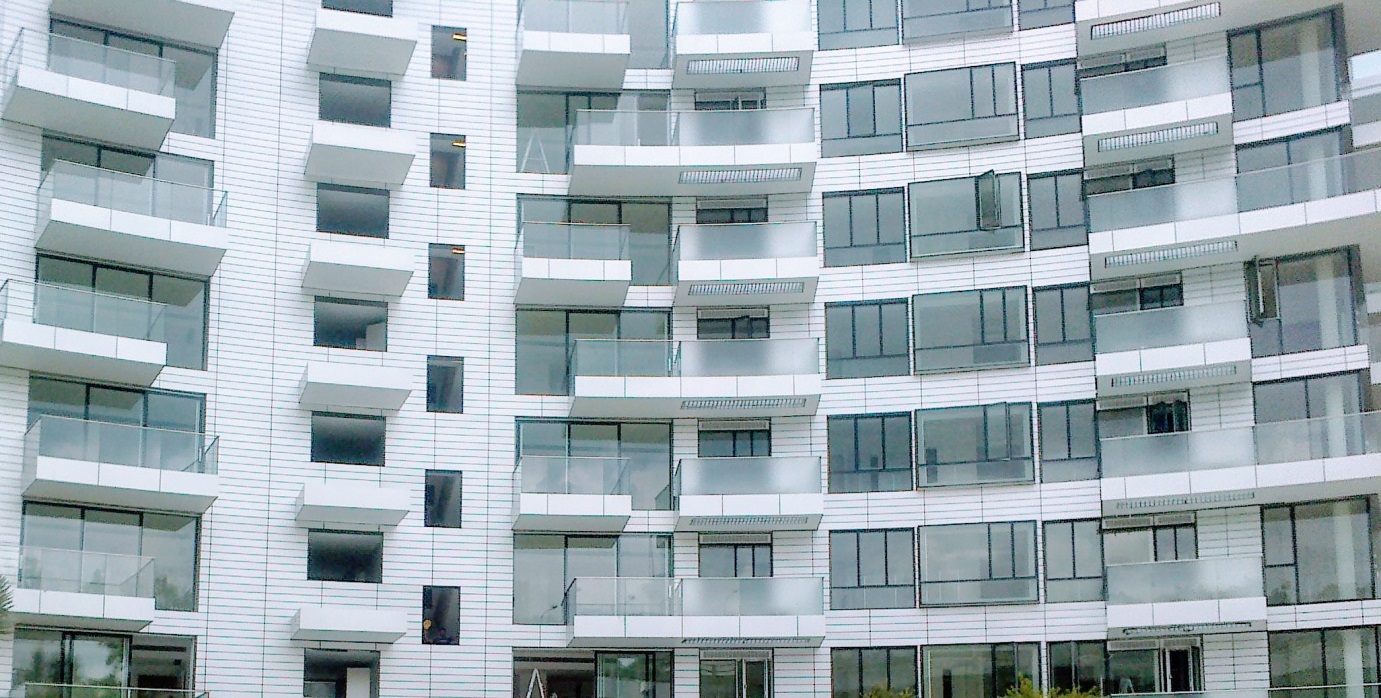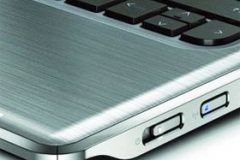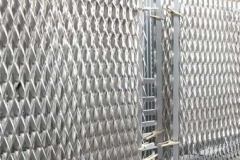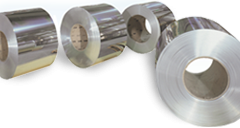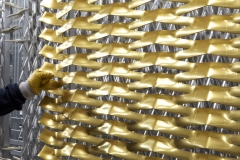Anodising is an electrochemical conversion process in existence since the 1930s. Anodised aluminium is used in many applications due to its low cost, aesthetic qualities and ideal mechanical properties.
Unlike most protective coatings, anodising permanently changes the outer structure of the metal. When aluminium is exposed to air, it naturally develops a thin aluminium oxide film that seals the aluminium from further oxidation.
However, the anodising process makes the oxidised surface much thicker, up to several microns thick (as the case may be). The hardness of the anodised aluminium oxide rivals that of a diamond, enhancing the abrasion resistance of the aluminium. The added depth of the oxide layer improves the corrosion resistance of the aluminium, which makes cleaning of the surface much easier.
Though most aluminium alloys will build aluminium oxide in an anodising tank, they tend to anodise differently. Some alloys are more difficult to anodise while others anodise to slightly different shades of colour. When anodised, various alloys provide different levels of workability (machining, grinding, polishing), environmental resistance properties, and dimensional stability. Anodising is a highly effective and desirable means of aluminium finishing. Some of the primary advantages of anodising include:

